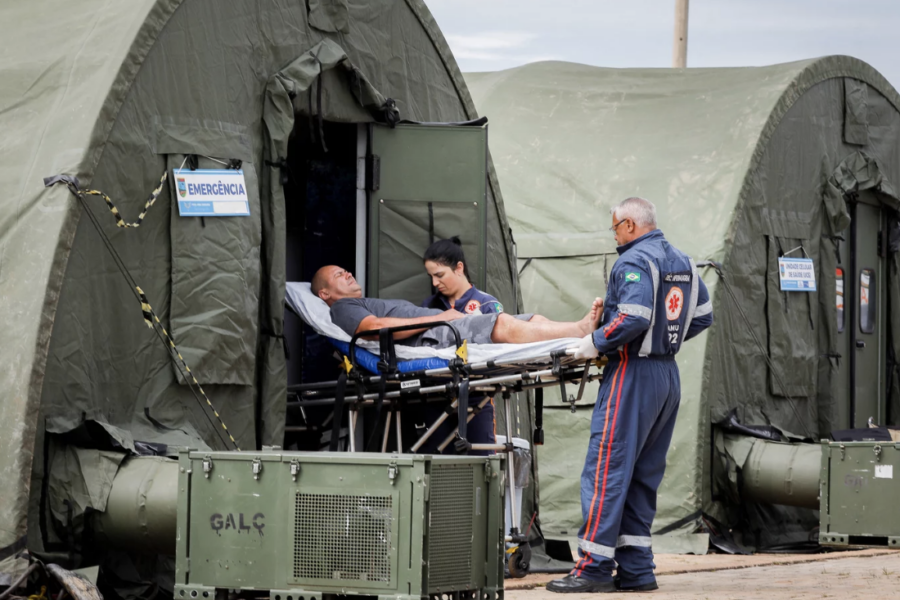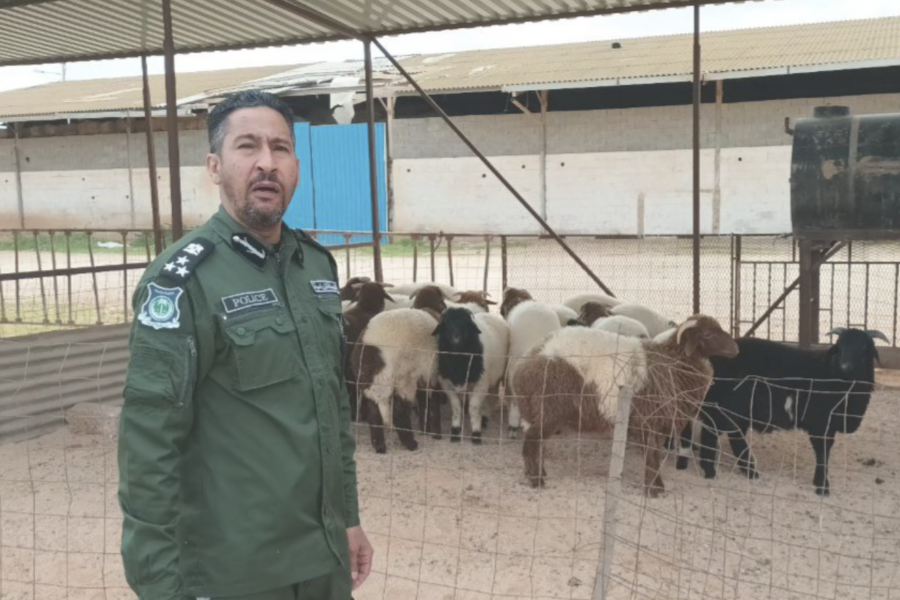Author: Claudinne Miller
With a million cases of dengue so far this year, Brazil is in a state of emergency
NPR It was 3 a.m. on Feb. 6 when the dengue field hospital in Brasília temporarily shut its doors. The generator powering the medical facility had blown and the 29 members of the Brazilian Air Force in charge had to change it before they could see patients again. Medical professionals who’d been trained to care […]
Mar 5, 2024

New antibodies target “dark side” of influenza virus protein
NIH NIH researchers explore hidden, vulnerable region of influenza neuraminidase. Researchers at the National Institutes of Health have identified antibodies targeting a hard-to-spot region of the influenza virus, shedding light on the relatively unexplored “dark side” of the neuraminidase (NA) protein head. The antibodies target a region of the NA protein that is common among […]
Mar 5, 2024
COVID-19 Tied to Increased Risk for Rheumatic Disease
MedPageToday Rates of new-onset autoimmune inflammatory rheumatic disease (AIRD) such as rheumatoid arthritis and systemic lupus erythematosus were significantly increased following bouts of COVID-19 in South Korea and Japan, researchers found. With data from large repositories in the two countries, AIRD rates were 25% higher in South Korea (95% CI 18-31) and 79% greater in […]
Mar 5, 2024
Latest COVID Shots Protect Against Serious Outcomes
MedPageToday The recently updated COVID vaccines showed protection against serious virus-related outcomes in immunocompetent adults, data from the CDC’s IVY and VISION networks showed. From September 2023 to January 2024, vaccine effectiveness (VE) against COVID-related emergency department or urgent care encounters landed at 47% (95% CI 44-50), while protection against hospitalizations associated with the coronavirus […]
Mar 5, 2024
Livestock Markets Shuttered in Rift Valley Fever Crackdown
Libya Update In a bid to contain the outbreak of the highly contagious Rift Valley fever across the nation, authorities in Benghazi took sweeping action on Tuesday, ordering the closure of several major livestock markets in the city. The move came as part of a coordinated interagency campaign spearheaded by Benghazi’s Municipal Guard working in […]
Mar 5, 2024

Norovirus Cases Rise in the U.S.
New York Times The virus, which leads to nausea and vomiting, is spreading. Here’s how to stay safe. Norovirus is extremely contagious, and, as anyone who has had it can tell you, extremely unpleasant. Cases of the illness — which can cause nausea, stomach pain and diarrhea — are on the rise in the United States, […]
Mar 5, 2024
FDA advisory panel recommends a streamlined flu vaccine for next fall
STAT When Americans line up for flu vaccines next fall, they will almost certainly be getting vaccines that no longer contain protection against a family of flu viruses that appears to be extinct. Experts who advise the Food and Drug Administration on vaccine-related issues voted unanimously on Tuesday to recommend that the FDA approve trivalent flu […]
Mar 5, 2024
Low iron levels resulting from infection could be key trigger of long COVID
Cambridge University Problems with iron levels in the blood and the body’s ability to regulate this important nutrient as a result of SARS-CoV-2 infection could be a key trigger for long COVID, new research has discovered. The discovery not only points to possible ways to prevent or treat the condition, but could help explain why […]
Mar 5, 2024
Nigeria: Taraba govt confirms new cases of Lassa fever
Premium Times The Taraba State government on Tuesday confirmed new cases of the viral haemorrhagic fever (Lassa fever) at the Federal Medical Centre (FMC), Jalingo. The state commissioner for health, Gbangsheya Buma, said eight out of nine suspected cases that were tested last Friday came out positive. Speaking to PREMIUM TIMES on the telephone, Mr […]
Mar 5, 2024
Man Receives Hundreds Of Covid-19 Vaccines
Forbes Scientists have studied the immune system of a man in Germany who claims to have received 217 Covid-19 vaccines. The researchers were concerned that the man’s immune system might have become exhausted with such frequent and numerous challenges with vaccines against the same virus, but actually found the opposite. Their analysis published in the […]
Mar 5, 2024